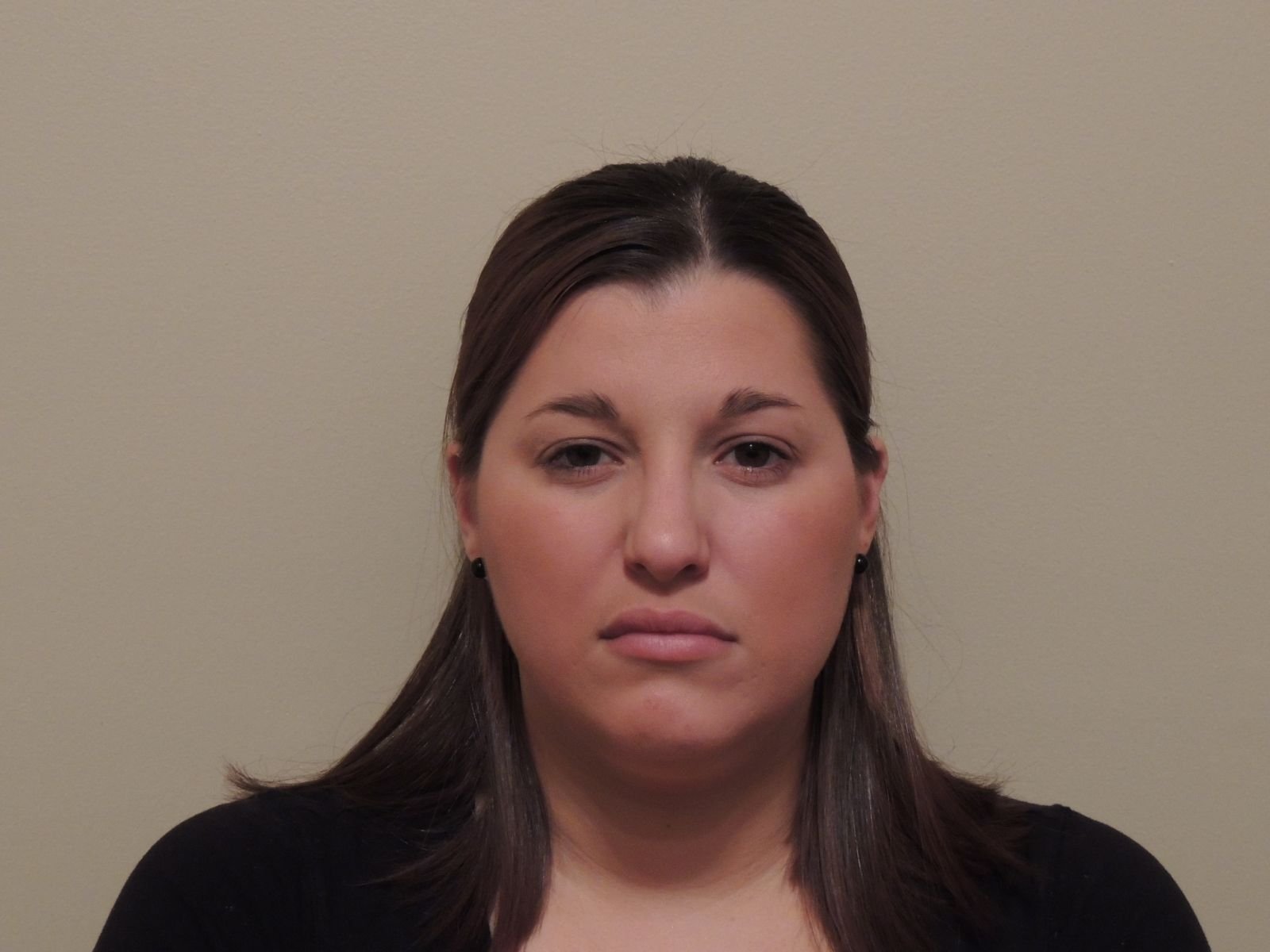Nonverbal Communication Quiz

Communication is a vital part of human life. There are verbal, nonverbal, and written types of communication. This nonverbal communication quiz deals with nonverbal communication only. There is a very great importance of nonverbal communication as knowingly or unknowingly, we all use this on a regular basis with our family, friends, and other people. So, let's see how well you know and understand this. All the best to you with the test.
- 1.
When observing another person, what is a red flag for detecting lies?
- A.
Increased eye contact
- B.
Shoulder shrug
- C.
Inconsistent micro expressions
- D.
Using formal language
- E.
All of the above
Correct Answer
E. All of the aboveExplanation
All of the above options can be red flags for detecting lies when observing another person. Increased eye contact may indicate that the person is trying to appear more truthful, while a shoulder shrug can be a sign of uncertainty or discomfort. Inconsistent micro expressions, which are brief facial expressions that reveal true emotions, can also suggest deception. Using formal language may be an attempt to create distance or appear more credible. Therefore, all of these behaviors can be indicators that someone is lying.Rate this question:
-
- 2.
For on-camera interviews, what should you stay away from?
- A.
Wearing makeup
- B.
Using hand gestures
- C.
Wearing striped patterns
- D.
Preparing three topical points to discuss
Correct Answer
C. Wearing striped patternsExplanation
When it comes to on-camera interviews, it is advisable to stay away from wearing striped patterns. This is because the camera can create a moiré effect when capturing striped patterns, which can be distracting and distort the overall appearance on screen. To ensure a professional and polished look, it is recommended to choose solid colors or subtle patterns that do not interfere with the camera's capture.Rate this question:
-
- 3.
How can you spot a fake smile?
- A.
Increased eye contact
- B.
The slight tilt of the head to the individual's dominant side
- C.
Cheeks rise, causing wrinkles around the eyes.
- D.
The increased amount of teeth that show
Correct Answer
C. Cheeks rise, causing wrinkles around the eyes.Explanation
When someone genuinely smiles, the muscles around their eyes contract, causing wrinkles or crow's feet to appear. This is known as the Duchenne smile and is considered a genuine or authentic smile. In contrast, a fake smile typically does not involve the muscles around the eyes, so there are no wrinkles or crow's feet. Therefore, spotting a fake smile can be done by observing whether there are any wrinkles around the eyes when someone smiles.Rate this question:
-
- 4.
How should you NOT shake someone's hand?
- A.
Stand up if sitting
- B.
Turn your hand downward with the top of your hand facing the ceiling.
- C.
Hold eye contact throughout the handshake.
- D.
Allow the handshake to last 2-3 seconds.
Correct Answer
B. Turn your hand downward with the top of your hand facing the ceiling.Explanation
When shaking someone's hand, it is considered proper etiquette to have your hand facing upward, with the palm facing the ceiling. This shows respect and openness. Turning your hand downward with the top of your hand facing the ceiling is an incorrect way to shake someone's hand and may be seen as rude or dismissive.Rate this question:
-
- 5.
How can your nonverbal communication change?
- A.
The way you feel about yourself.
- B.
How likable you are
- C.
How trusting others are of you
- D.
Your hormone levels
- E.
All of the above
Correct Answer
E. All of the aboveExplanation
Nonverbal communication can change based on various factors. The way you feel about yourself can impact your nonverbal cues, as confidence or insecurity can be reflected in your body language. How likable you are also affects your nonverbal communication, as people may respond differently to someone they find attractive or pleasant. Trust is another factor that can influence nonverbal communication, as people may be more open and receptive to someone they trust. Lastly, hormone levels can also play a role, as they can affect emotions and physical reactions, which in turn impact nonverbal cues. Therefore, all of the above factors can contribute to changes in nonverbal communication.Rate this question:
-
- 6.
What emotion does this express?
- A.
Anger
- B.
Confusion
- C.
Contempt
- D.
Disgust
Correct Answer
D. DisgustExplanation
This expression can be interpreted as disgust because of the facial features and body language. The raised eyebrows, wrinkled nose, and slightly turned down mouth are common signs of disgust. Additionally, the squinted eyes and the overall tense posture suggest a strong negative reaction towards something unpleasant or offensive.Rate this question:
-
- 7.
What emotion does this express?
- A.
Fear
- B.
Confusion
- C.
Surprise
- D.
Happiness
Correct Answer
A. FearExplanation
The emotion expressed in the given answer is fear. Fear is a strong feeling of worry, apprehension, or unease, often caused by the anticipation of danger or harm. This emotion is commonly associated with a sense of dread or anxiety, and can be characterized by physical reactions such as increased heart rate, sweating, and trembling.Rate this question:
-
- 8.
What emotion does this express?
- A.
Contempt
- B.
Happiness
- C.
Anger
- D.
Bored
Correct Answer
A. ContemptExplanation
This expression is likely to be contempt because contempt is typically characterized by a combination of a raised eyebrow, a slight sneer, and a tilted head. These facial features are often associated with a feeling of superiority or disdain towards someone or something.Rate this question:
-
- 9.
What emotion does this express?
- A.
Confusion
- B.
Contempt
- C.
Disgust
- D.
Anger
Correct Answer
D. AngerExplanation
The emotion expressed in this question is anger. This can be inferred from the given options, as confusion, contempt, and disgust do not accurately describe the emotion being expressed. Anger is a strong feeling of displeasure and hostility, which aligns with the tone of the question.Rate this question:
-
- 10.
What emotion does this express?
- A.
Fear
- B.
Surprise
- C.
Anger
- D.
Happiness
Correct Answer
B. SurpriseExplanation
The emotion expressed in this question is surprise. This can be inferred from the options provided, as fear, anger, and happiness are all distinct emotions that are not mentioned in the question. Therefore, the correct answer is surprise.Rate this question:
-
Quiz Review Timeline +
Our quizzes are rigorously reviewed, monitored and continuously updated by our expert board to maintain accuracy, relevance, and timeliness.
-
Current Version
-
Aug 19, 2023Quiz Edited by
ProProfs Editorial Team -
Jun 02, 2014Quiz Created by
Dustin York
- Academic Quizzes
- Adult Learning Quizzes
- Blended Learning Quizzes
- Career Quizzes
- Coaching Quizzes
- College Quizzes
- Curriculum Quizzes
- Distance Learning Quizzes
- E Learning Quizzes
- Early Childhood Education Quizzes
- GCSE Quizzes
- Grade Quizzes
- Graduation Quizzes
- Kindergarten Quizzes
- Knowledge Quizzes
- Literacy Quizzes
- Online Assessment Quizzes
- Online Exam Quizzes
- Online Test Quizzes
- Physical Education Quizzes
- Qualification Quizzes
- Religious Education Quizzes
- School Quizzes
- Special Education Quizzes
- Student Quizzes
- Study Quizzes
- Teaching Quizzes
- Theory Quizzes
- Thesis Quizzes
- University Quizzes
 Back to top
Back to top








